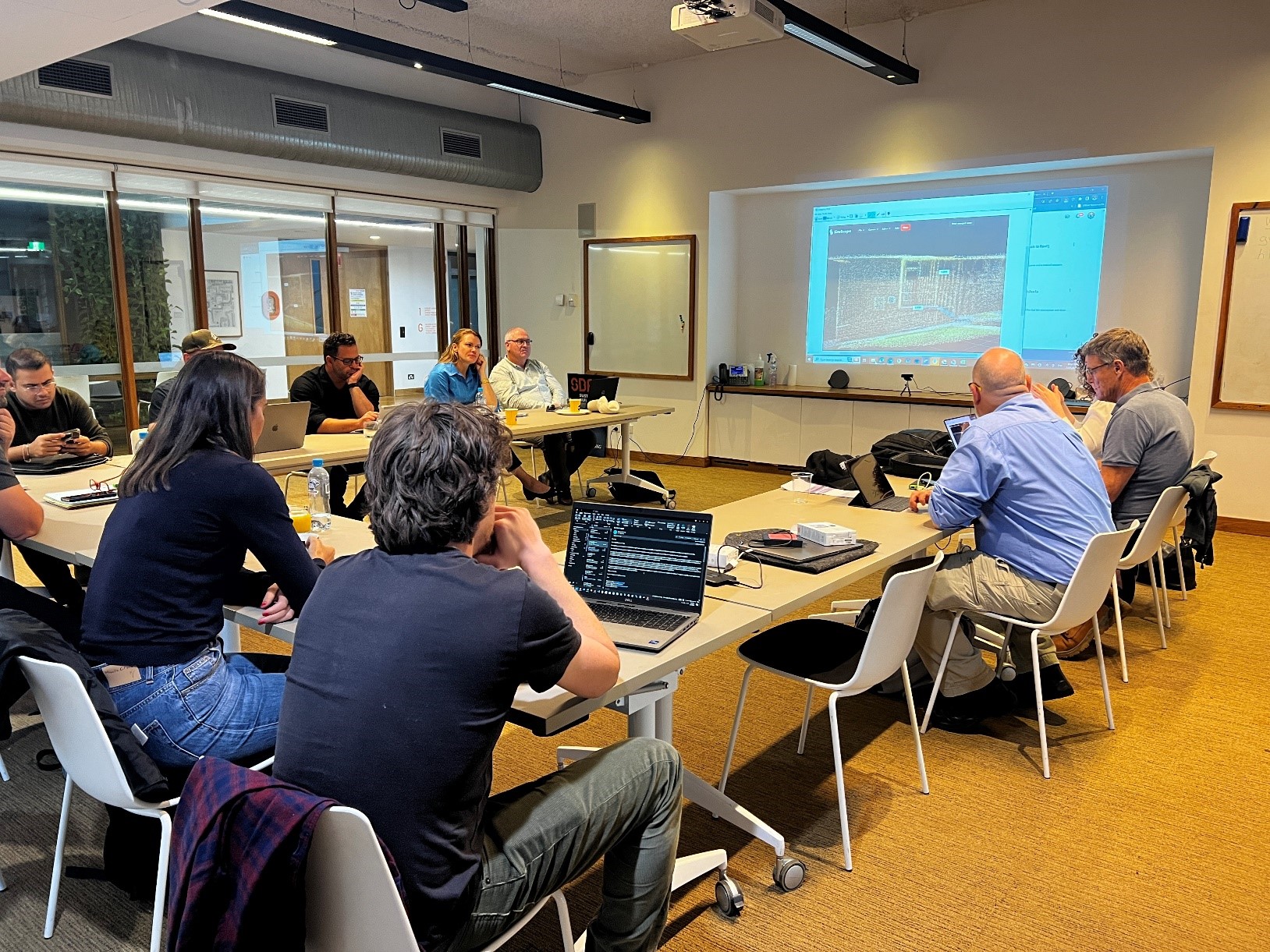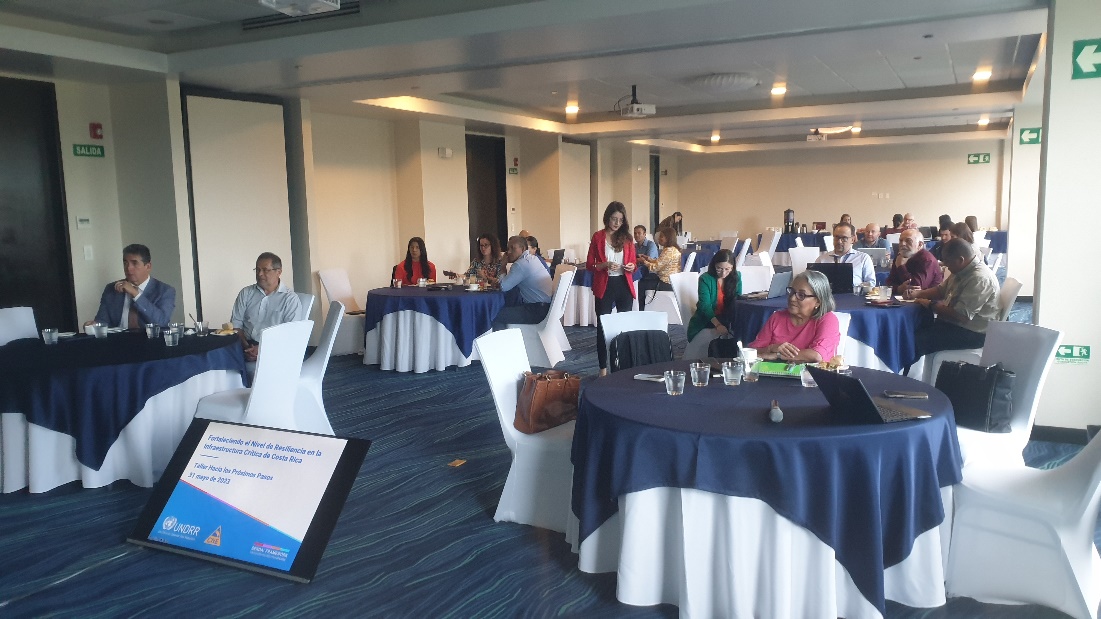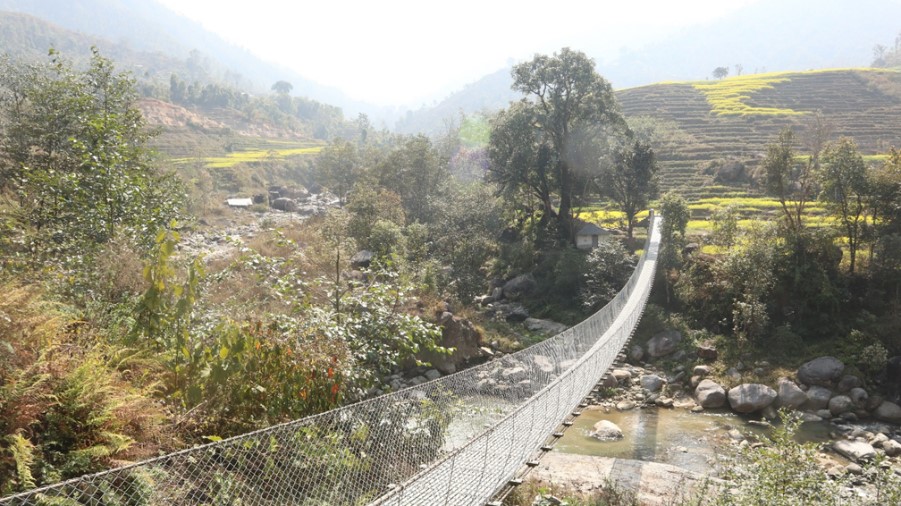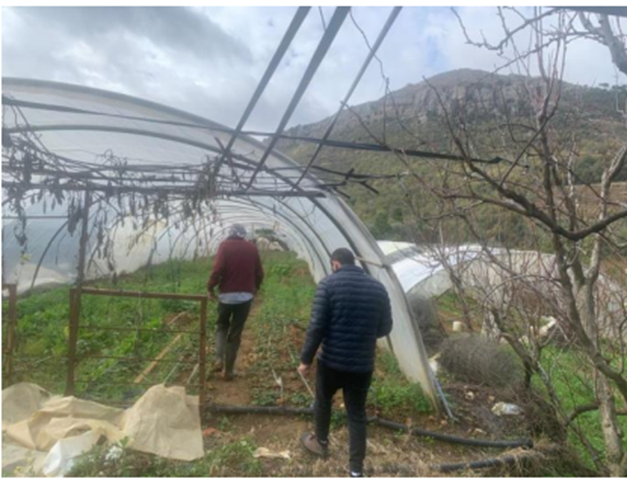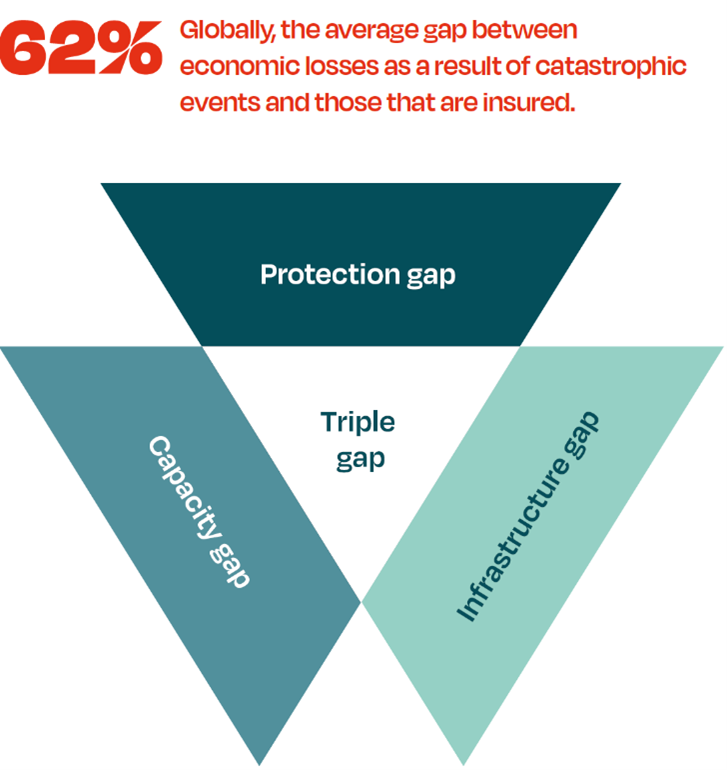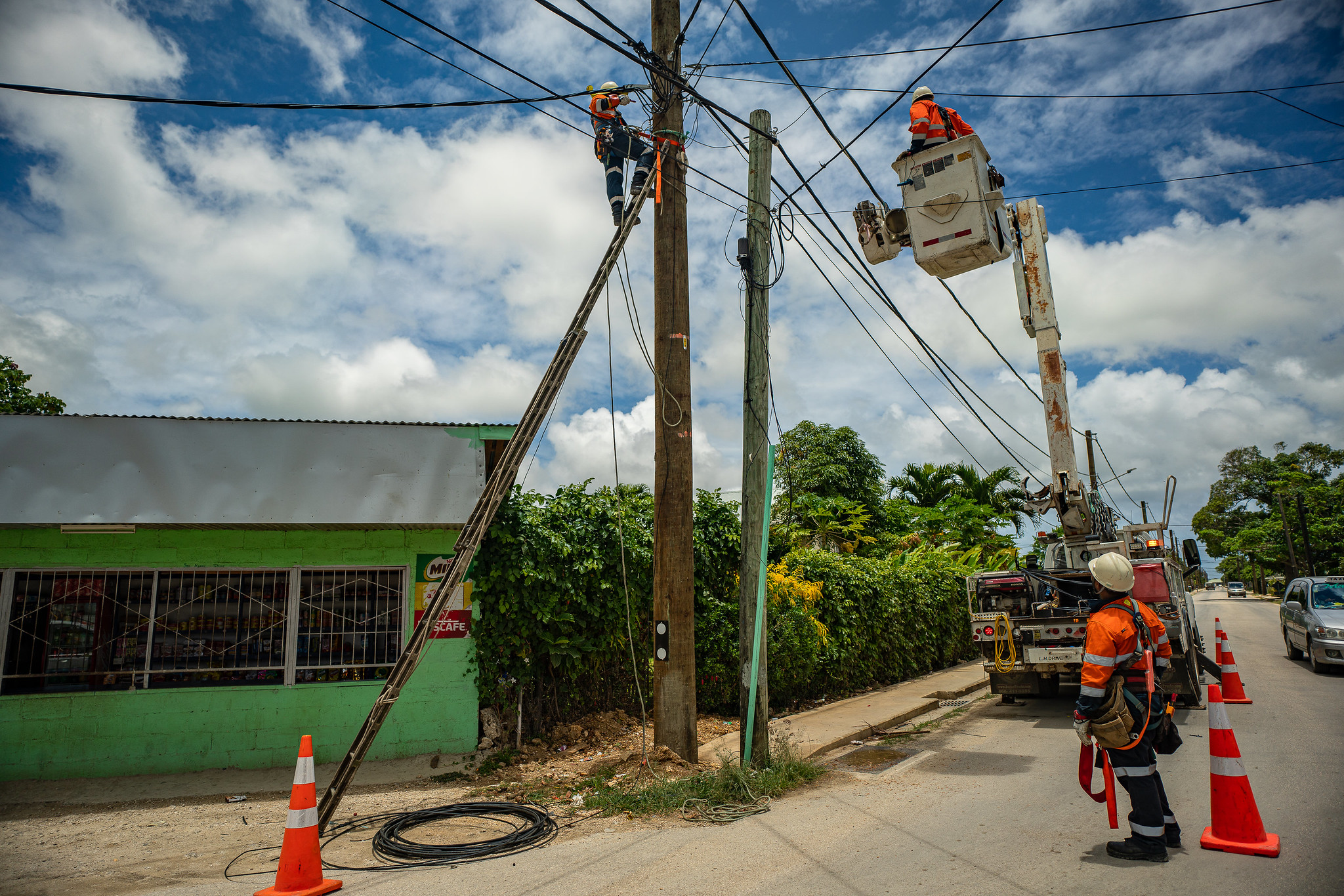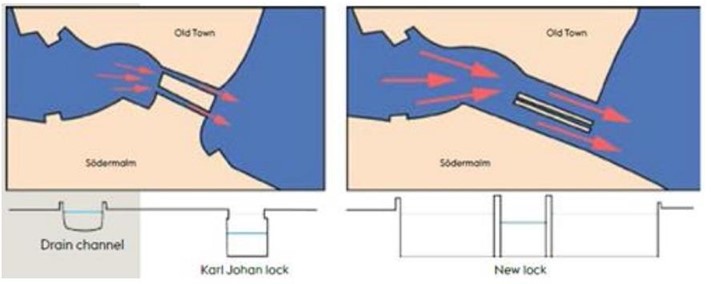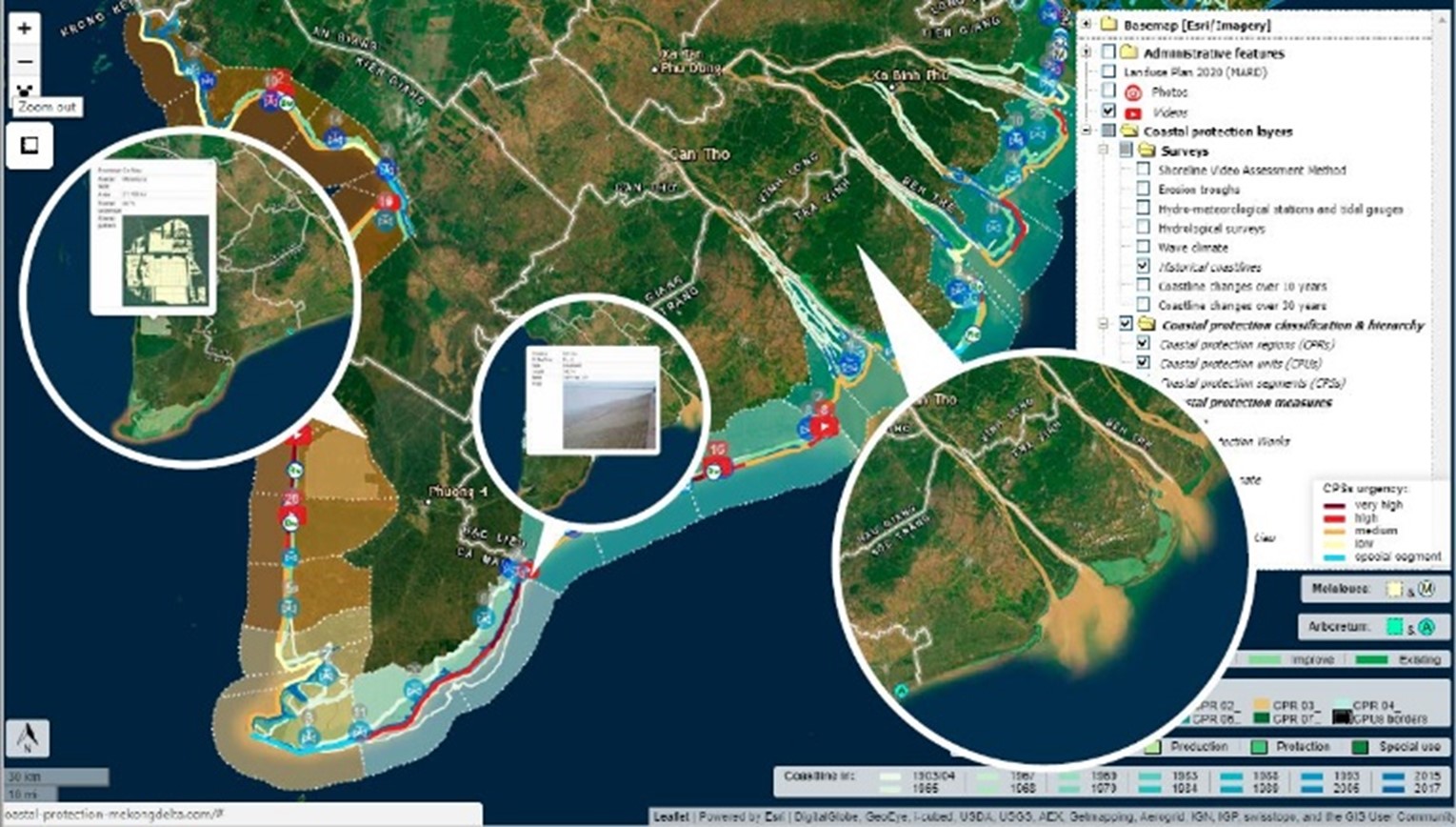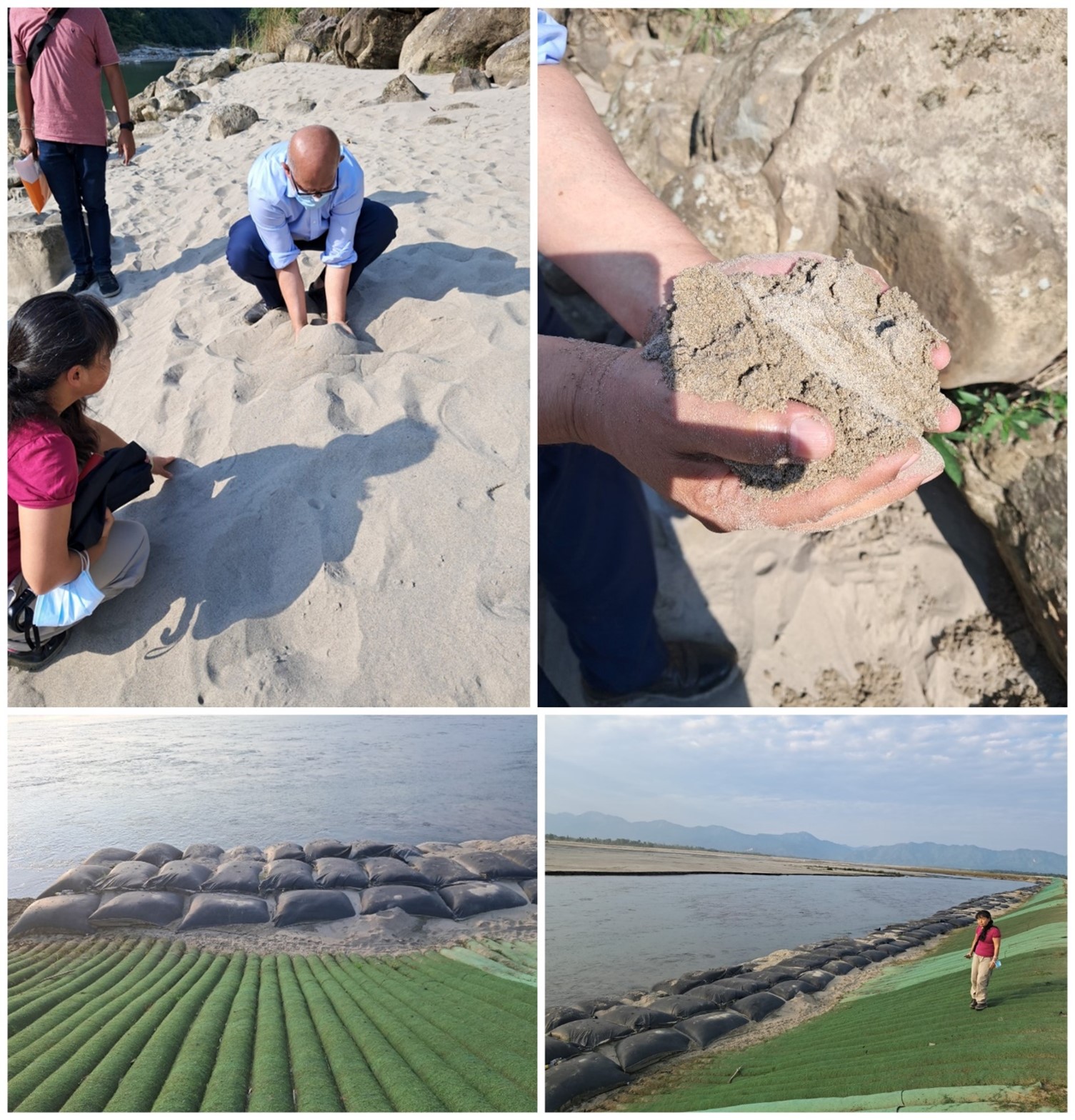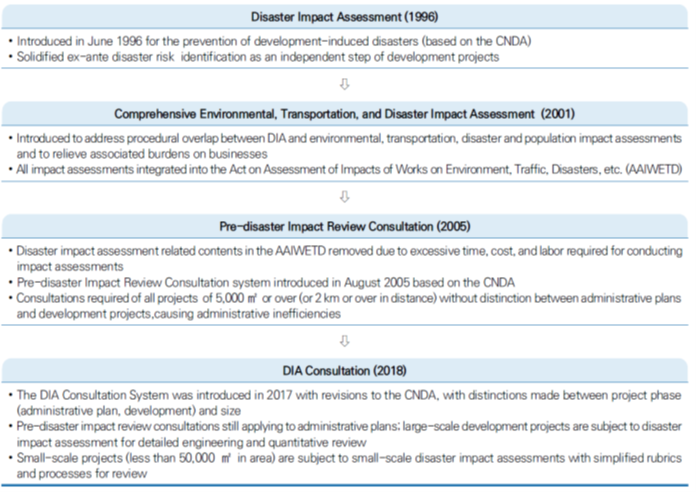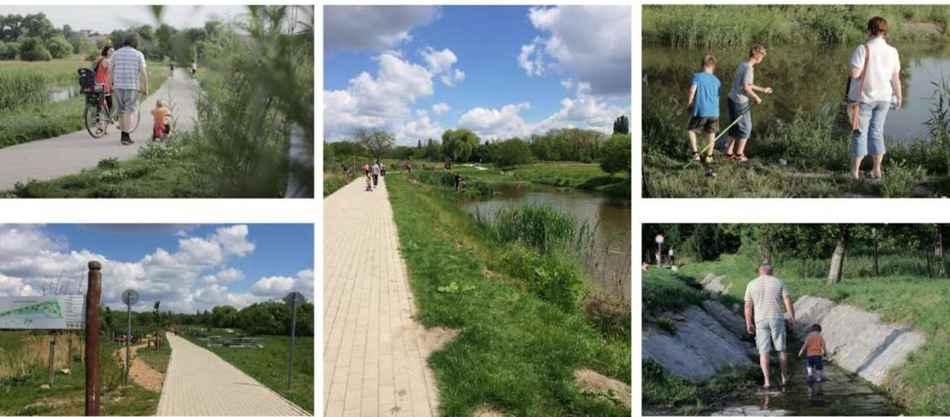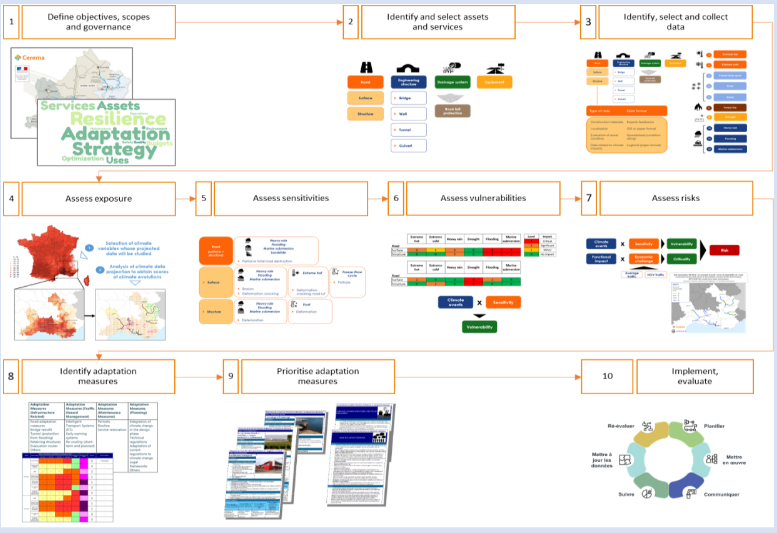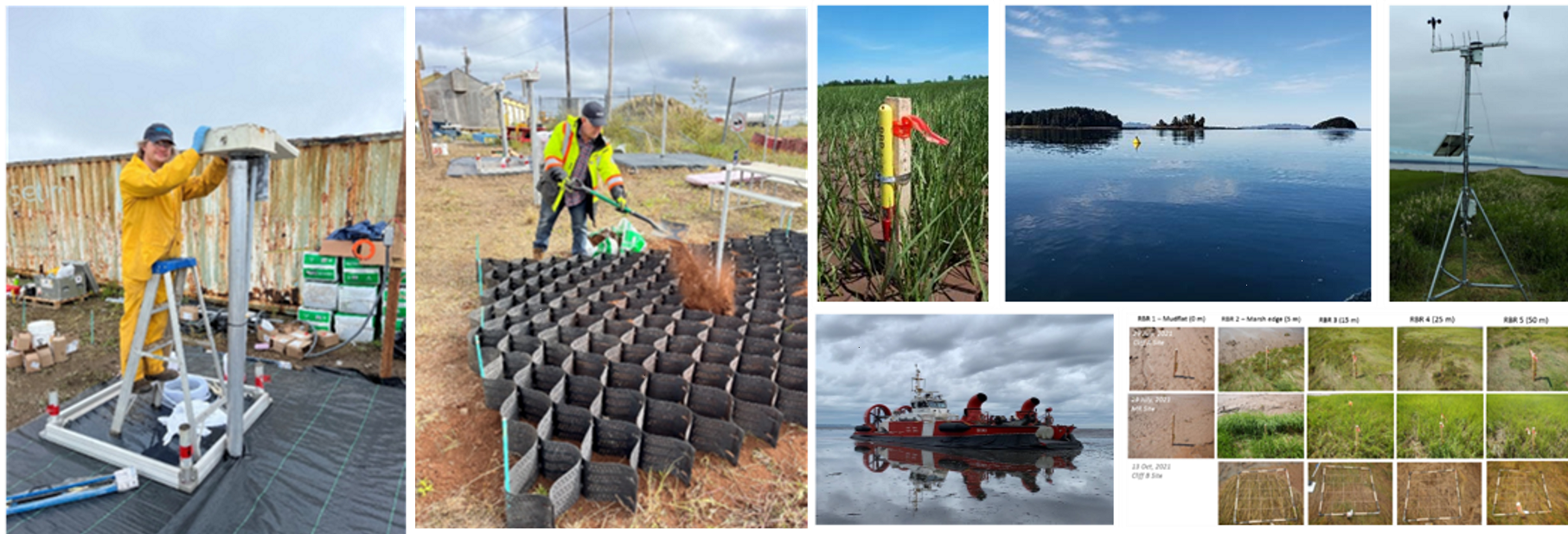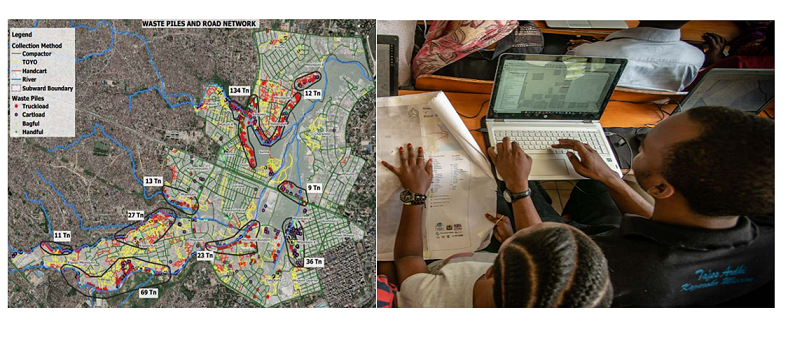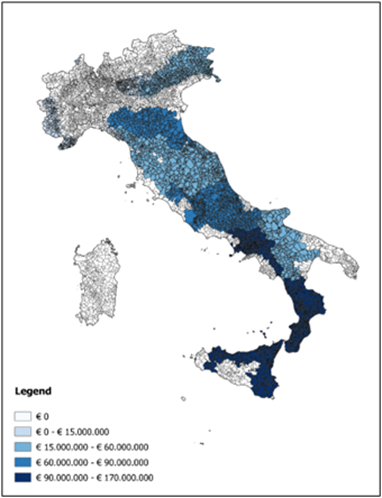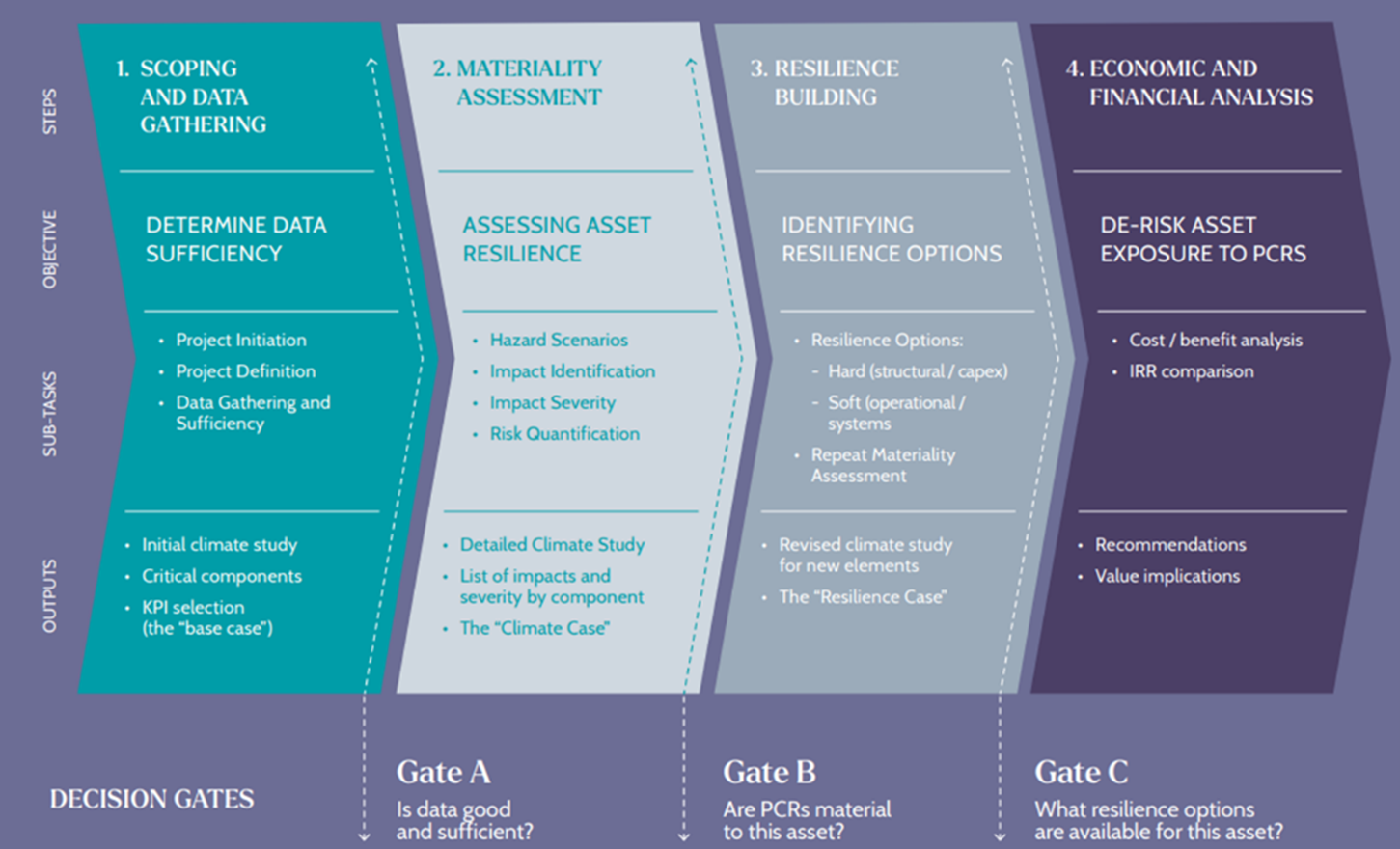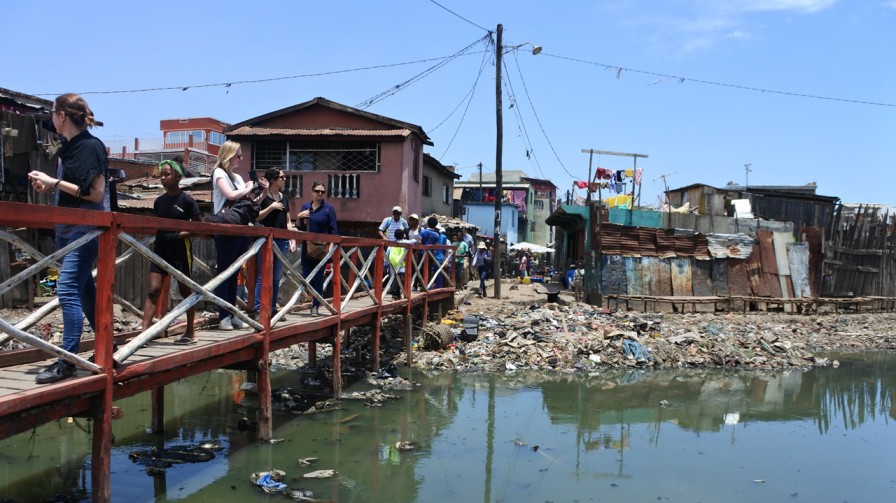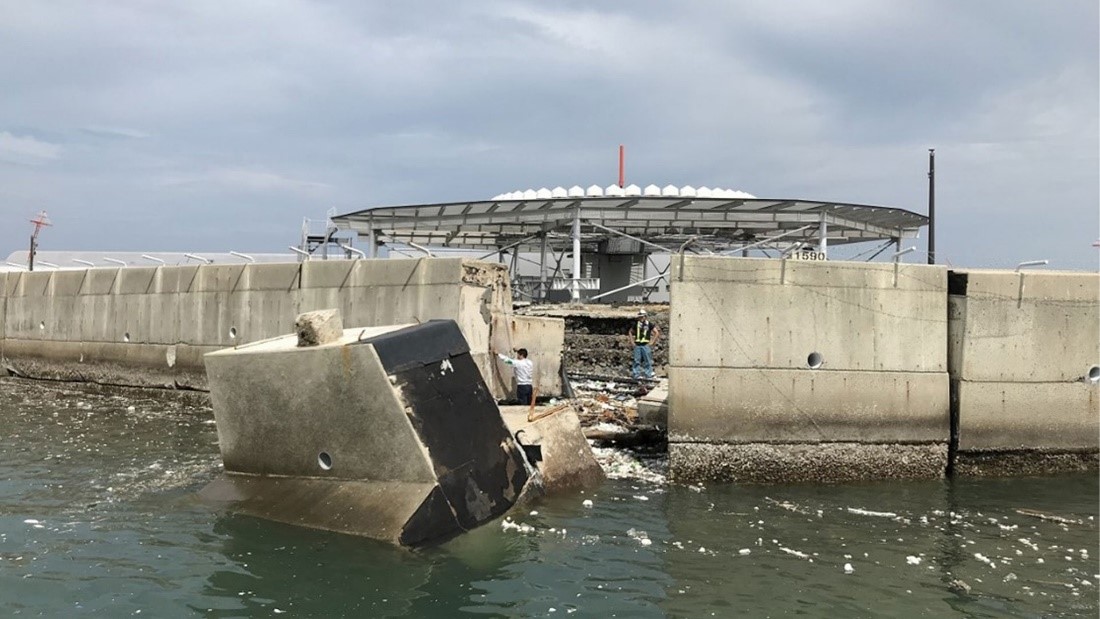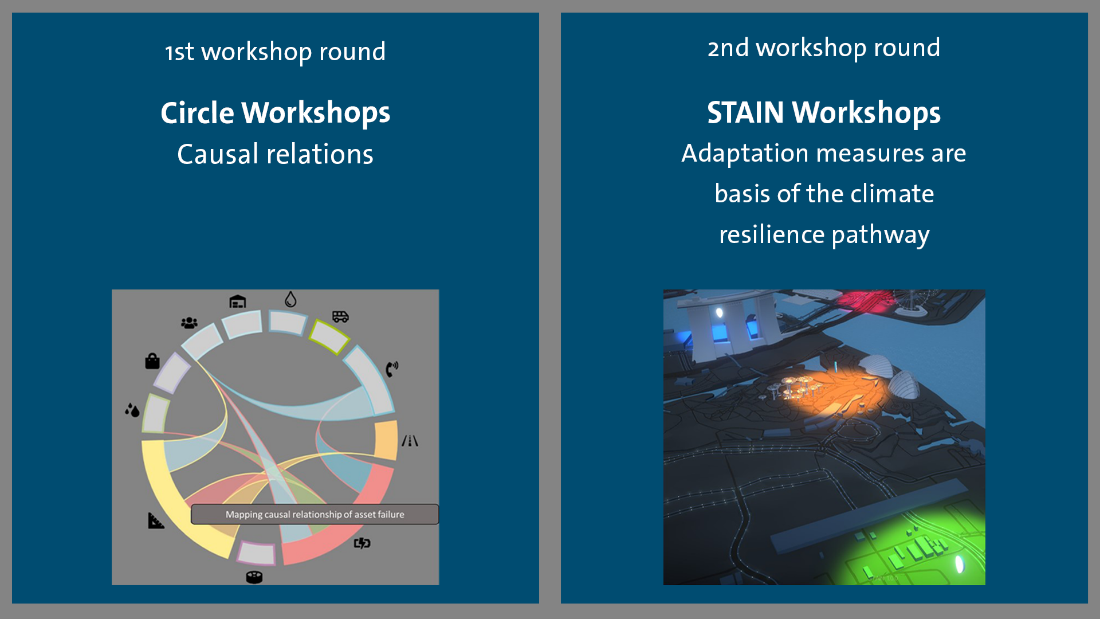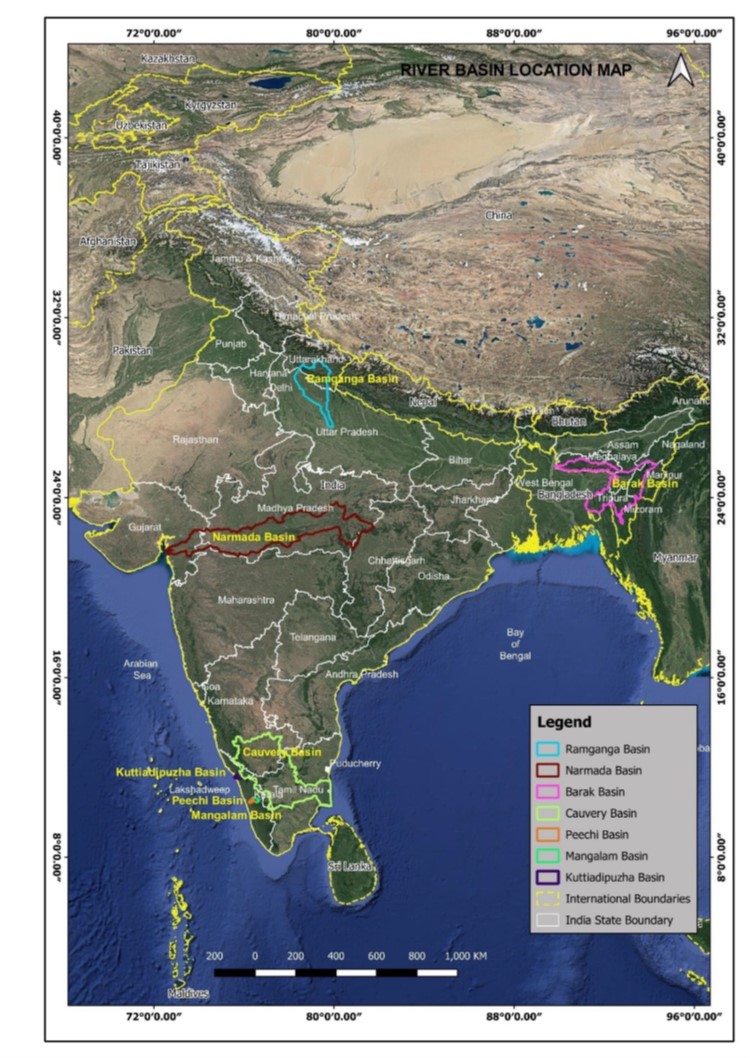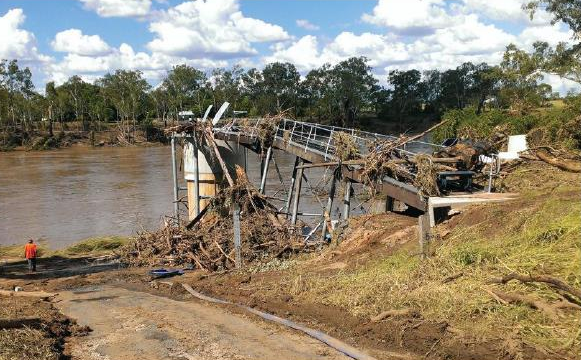 |
 |
 |
Resilience Ratings System
Introduction
Jointly funded by the New South Wales State Government and Australian Government State Disaster Risk Reduction Package, RBC’s Resilience Rating system measures the disaster resilience and energy efficiency level of buildings. It provides an independent global standard to rate and reward climate resilience dimension of new and existing buildings. The Resilience Ratings will make it easier to adapt homes to our changing climate, by providing a single home assessment framework, mechanism for harmonized action plans and ratings certification capability for bushfire, storm, flood, cyclone, heatwave, thermal comfort and energy efficiency.
About the Initiative
RBC has established a unique, multi-disciplinary collaboration of independent experts, including research scientists, structural engineers, fire safety engineers, hydrologists, building designers, actuaries, and materials chemists, to apply science and evidence so that it is easily communicated and actionable. The system works by assessing site-specific future climate risks and measuring the home’s vulnerability. It provides households with a list of evidence-based, tailored actions to adapt their home, improve their Resilience and Energy Efficiency Ratings and enable access to financial incentives.
This innovative system is designed to accelerate climate resilience action and investment by providing access to credible, usable market mechanisms for capital, insurance, finance and property markets to recognize and reward climate resilient assets.
The Bushfire Resilience Rating Self-Assessment app, funded by the Australian Government Disaster Risk Reduction Package, puts the Resilience Ratings program into the hands of households via a free self-assessment app. The app helps households identify vulnerabilities of their home to local bushfire risk, provides tailored implementable actions to mitigate their risk and measurably improves the survivability of their homes.
The Bushfire Resilience Rating is calculated using a novel Probability of House Loss Model (developed by RBC in 2018), utilising future bushfire risk data from the Australian Government funded CSIRO National Bushfire Intelligence Capability system. The Bushfire Resilience Rating system is the first scientific model to calculate bushfire linked building performance.
The free Bushfire Resilience Rating Home Assessment app empowers people to make informed decisions about their bushfire risk and vulnerability, and puts practical, evidence-based tools for improving bushfire resilience in their hands. Various elements within the assessment framework are as follows:
- Using the app, households enter their address to assess the risk of bushfire at that site.
- Next, households are asked a series of questions about their home, landscaping, and nearby structures.
- A Bushfire Resilience Rating (1 to 5) is then provided for the property along with a tailored action plan of evidence-based, site-specific measures that will achieve a higher rating. For example, mitigation measures might relate to adapting a home’s roof, decking or garden to measurably increase bushfire resilience.
- Households will be encouraged to maintain their Bushfire Resilience Rating through annual self-assessment. Industry and governments will be encouraged to provide incentives for the upgrade and maintenance of Resilience Rated property.
The Bushfire Resilience Rating recognizes and rewards well-prepared property and communities. The free app empowers everyday Australians with the trusted, customized information they need to make their homes more resilient to bushfire.
Learning & Impact
RBC developed the Resilience Ratings program to inform, motivate and reward well prepared property and communities. A 5 Star Resilience Rating means that the household has taken the highest level of action to reduce their vulnerability to local climate risk. For example, a 5 Star Bushfire Resilience Rated property has reduced the likelihood of building ignition to less than 1.5%, whereas a 1 Star Bushfire Resilience Rated property has a likelihood of ignition of more than 40%.
Applied post-bushfire building loss research, engineering first principles and expert consensus identified the major causes of property and life loss which is the basis of the Resilience Rating model. The Resilience Rating system has been calibrated and verified through post-disaster building damage research, materials testing and insurance claims data.
During the development phase of the system, 432 households were provided with the Bushfire Resilience Rating Self-Assessment App. 172 of those households used the app to undertake some of the recommended actions, which led to an average reduction in the likelihood of building ignition by 37%. Pilot participants were also offered a whole of mortgage interest rate discount from the National Australia Bank to recognize and reward Bushfire Resilience Rating improvements.
The free app was provided to households re-building after the 2019-20 Black Summer bushfires to encourage building beyond minimum standards, resulting in 5 Star Bushfire Resilience Rated homes.
RBC has partnerships with emergency services, local governments, community organizations, banks, insurers, and builders to help promote the app when it launches in September this year. RBC aims to attract 50,000 high risk households to use the app in the 12 months after launch.
- RBC conducted a two-year bushfire resilience and energy efficiency home retrofit research program to support the development of the ratings system. The independent research found improving bushfire resilience of homes provided an average carbon abatement of 7.4 tonnes CO2-e.
- It also concluded that integrated energy efficiency and resilience retrofits mitigates the risk of adverse outcomes (e.g., the vulnerability to disasters being increased by energy-efficiency retrofits) and maximizes the efficiency and effectiveness of the retrofits by prioritizing actions that provide substantial co-benefits and avoids duplication of resource use.
- Climate resilient homes deliver measurable social and economic benefits including avoided death and injury, improved health and wellbeing, protection/improvement of property values, access to affordable insurance, access to finance, avoided property damage and loss, energy savings, housing security, and contribution to whole-of-community resilience and prosperity.
- A property for sale or rent should attract higher returns if it advertises its high Resilience Rating. Importantly, consumers are informed about the resilience of property - driving awareness and behaviour change. Insurers are more likely to stay in the market, keeping premiums competitive, which also enables household access to finance.
Several industry co-benefits also arise:
- Reducing insurance claims costs places downward pressure on household premiums.
- De-risking mortgage books incentivises lenders to provide cheaper finance to households.
- Greater adoption of disaster resilient materials stimulates innovation and supply chains, putting downward pressure on prices.
- A larger market size also generates jobs in the resilient, sustainable building, manufacturing, and assessment sectors.
- Informs the building industry and improves average building design performance.
- A greater rate of household adoption drives greater whole-of-community climate resilience.
The project also includes a database of assessed property, which will provide an unprecedented catalogue of building and resilience data. This will enable scientific research into the performance of the Resilience Rating system after disasters, how safety systems, materials, buildings, infrastructure, and emergency planning has performed.
- RBC will be able to report to government, building codes and standards committees, industry, and the community about the performance of resilience measures, ensuring continual improvement.
- It proposes to expand the Bushfire Resilience Rating Self-Assessment app to flood, storm, cyclone, heatwave, electrification, and energy efficiency, to enable free, equitable access to climate risk information and tailored adaptation plans.
- It seeks to deliver a world’s-first, independent global standard to measure the disaster resilience of buildings and enable generation of financial benefits.

